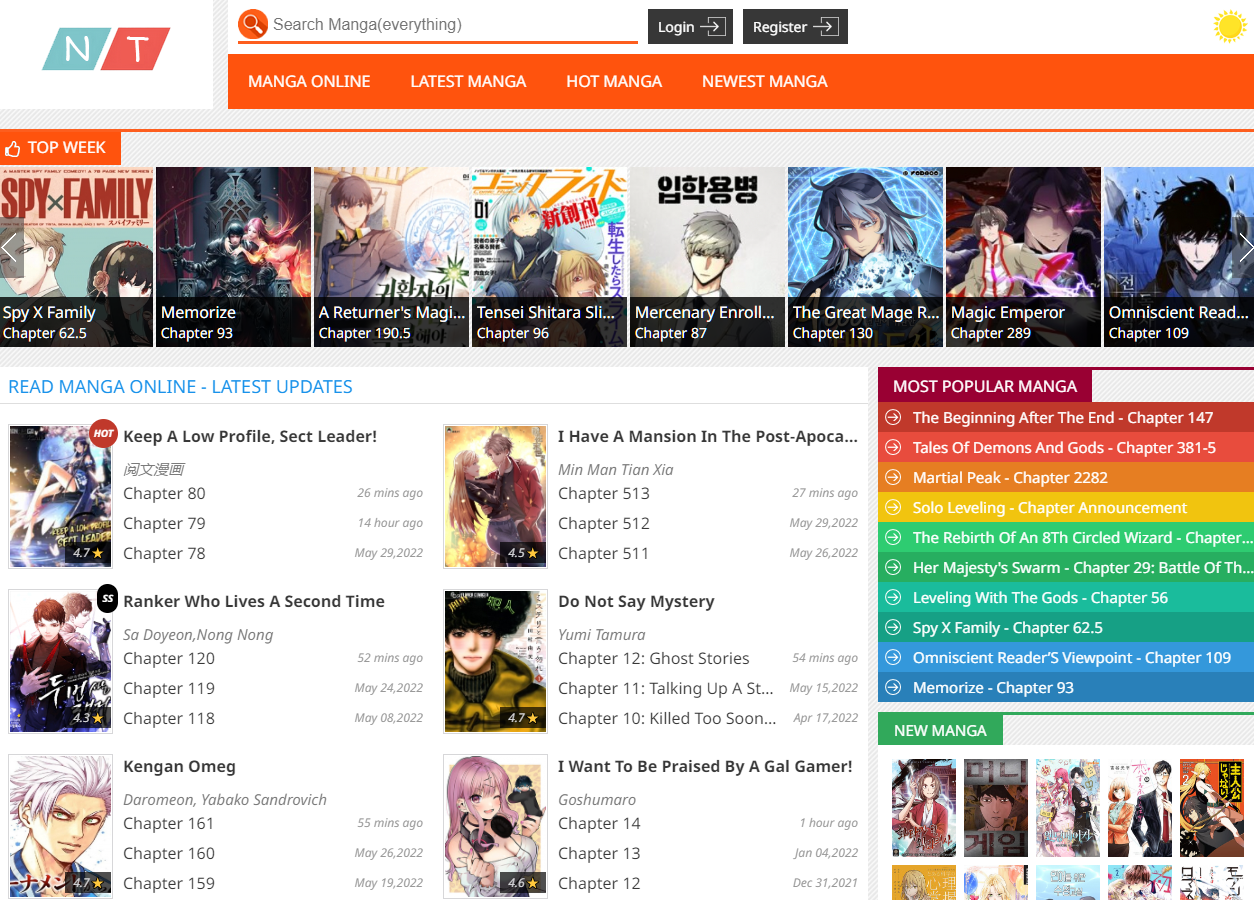🌟 Dịch Vụ Chất Lượng Cao 🌟
✓ 301 Redirect: Chuyển hướng domain an toàn, giữ nguyên giá trị SEO
✓ Guest Post: Đăng bài chất lượng trên các website uy tín
✓ Hỗ trợ tư vấn 24/7
✓ Báo giá cạnh tranh
✓ Thời gian xử lý nhanh chóng
📱 Liên hệ ngay qua Telegram: @subdomaingov
⚡ Hỗ trợ tư vấn miễn phí
The Baby Saint Wants To Avoid A Bad Future; You Will Give Birth To Me Later
₫9.987.906
The Baby Saint Wants To Avoid A Bad Future; You Will Give Birth To Me Later ©: Dive Into Fantasy Worlds Full of Wonder
Product description
Visually, symbolism pervades the artwork. Objects, colors, and character designs often carry deeper meanings that align with the thematic elements of the story. For example, a recurring motif may symbolize hope or despair, subtly influencing reader perceptions.
Panel Layout and Composition
Panel layout plays a vital role in pacing and storytelling rhythm.
Dynamic vs. Static Panels
Antagonists in "Karakara" are not merely villains; they are complex figures with motivations that challenge the protagonist. Understanding their backgrounds adds layers to the conflict, inviting readers to contemplate the nature of good and evil.
Final Transformations
Characters often face a reckoning in the final chapters.
Resolution of Arcs
Conflicts arise both externally among characters and internally within the protagonists. This duality allows for rich storytelling, as readers witness struggles not only against outside forces but also within their psyche.
Pacing and Suspense
As the story progresses, the protagonist faces numerous challenges that test their resolve. Each trial becomes a stepping stone toward growth, leading to self-discovery or necessary sacrifices.
Moral Dilemmas
The diverse cast of supporting characters allows for varied perspectives and experiences, enhancing the depth of the story. Different cultural backgrounds, gender identities, and personal experiences foster inclusivity and relatability.
Antagonists and Their Complexity
Ultimately, the impacts of the characters resonate beyond the pages of "Karakara." Readers are left considering the legacy of each figure, pondering how their journeys might mirror or diverge from real-life experiences.
Reflections on Humanity, we uncover a world that blends intricate storytelling with breathtaking artwork. Manga, as an art form, has captured the hearts of many, and "Karakara" stands out as a vivid representation of this genre. From its characters to plot twists, every facet contributes to the richness of the narrative. This article will explore the various dimensions of "Karakara," delving into its themes, character development, and artistic style.
Understanding Karakara’s Narrative Structure
The story of "Karakara" is not just about the events that unfold; it’s about how those events are woven together to create a tapestry of emotions, actions, and consequences. The narrative structure serves as the backbone of this manga, guiding readers through the myriad experiences of its characters.
Exposition – Setting the Scene
In the exposition phase, "Karakara" introduces us to its unique universe.
Through detailed illustrations and carefully crafted dialogues, we get a sense of place—where our characters live, their social dynamics, and the overarching conflicts that define their existence.
Character Backgrounds
Here, characters confront their greatest fears, face the antagonist, or make life-altering decisions. Revelations regarding long-held secrets or betrayals transform the story landscape, reshaping relationships and plot trajectories.
Emotional Catharsis
By the conclusion, arcs are resolved, and characters either achieve their goals or come to terms with losses. Such resolutions provide closure, though sometimes at a cost.
Legacy and Influence
Artistically, the climax is depicted with dynamic illustrations that encapsulate the urgency of the moment. Panel layouts may vary, employing techniques like close-ups to emphasize emotional expressions or wide shots to capture the scale of action.
Exploring Character Arcs in Karakara
Character development is one of the standout features of "Karakara." Each character undergoes significant transformation, contributing to the manga's central themes and emotional impact.
Protagonist’s Journey
At the heart of "Karakara" lies its protagonist, whose journey is pivotal to the narrative.
Motivations and Aspirations
The line work in "Karakara" is meticulously crafted, ranging from delicate strokes capturing subtle emotions to bold outlines during action scenes. This variance draws readers into the world, highlighting crucial moments and emotional shifts.
Symbolism through Art
The friendships and rivalries formed throughout the story play crucial roles in character development. Allies offer support, while rivals fuel growth through competition, ultimately pushing the protagonist to evolve.
Diversity and Representation offers an enriching experience that combines intricate storytelling, profound character development, and stunning visual artistry. As we peel back the layers of this captivating narrative, we find themes that resonate across cultures and generations—reminding us of our shared humanity and the complexities of life. "Karakara" is more than just a story; it's a journey through the heart and mind, illuminating the beauty and turmoil of existence. Through its pages, readers are invited to reflect on their own lives and the narratives they create along the way.
Read Full: manganato
Each character comes with a rich backstory, often revealed in fragments throughout the manga. These backstories add depth to their motivations and decisions, allowing readers to connect on a more personal level. For instance, the protagonist's childhood traumas inform their current relationships, making them relatable and real.
World Building
Karakara doesn’t shy away from presenting moral dilemmas to its protagonist. Choices made under pressure shape who they become, providing ample opportunities for readers to reflect on ethical considerations and personal values.
Supporting Characters’ Impact
While the protagonist’s journey is captivating, supporting characters enrich the narrative significantly.
Friendships and Rivalries
From the outset, the protagonist’s ambitions and desires set the tone for their path. Whether driven by revenge, love, or a quest for identity, understanding these motivations helps readers empathize with their struggles.
Growth and Transformation
World-building is crucial in "Karakara.” The creators meticulously craft an environment that feels alive and vibrant. Elements of culture, technology, and magic (if applicable) are integrated seamlessly, enriching the backdrop against which the story plays out.
Themes Introduction
Unveiling the World of Manga Summary Karakara - An Insightful Journey
As we dive into the compelling manga summary Karakara
Themes of love, betrayal, and redemption are introduced early on, foreshadowing deeper explorations as the plot develops. The careful layering of these themes invites readers to think critically about the implications of each character's choices.
Rising Action – Building Tension
As the story progresses, the rising action escalates tensions between characters and plots.
Conflict Development
The complexity of character relationships adds another layer of intrigue. Allies can become enemies, and vice versa, forcing characters to navigate a web of trust and deception. These dynamics create a thrilling tension that propels the narrative forward.
Climax – The Turning Point
The climax represents the pinnacle of emotional intensity in "Karakara."
Confrontations and Revelations
Transitions between scenes are often marked by color shifts, helping to delineate changes in mood or time. This technique ensures that the reader remains connected to the narrative flow, creating a seamless reading experience.
FAQs
What is the main theme of Manga Summary Karakara?
The primary theme of "Karakara" revolves around personal growth and the complexities of human relationships. It explores how individuals navigate love, betrayal, and self-discovery amidst external challenges.
Who are the main characters in Karakara?
"Karakara" features a diverse cast, including a determined protagonist facing adversities, loyal friends providing support, and complex antagonists challenging the status quo. Each character brings a unique perspective that enriches the narrative.
How does the art style contribute to the storytelling in Karakara?
The art style in "Karakara" enhances storytelling through expressive illustrations, thoughtful panel layouts, and evocative color palettes. These elements work together to create an immersive experience that captures the emotional essence of the narrative.
Is Karakara suitable for all age groups?
"Karakara" contains themes and situations that may resonate more deeply with older teens and adults, as it deals with complex emotions and moral dilemmas. It's advisable for readers to assess individual maturity levels when approaching this manga.
Where can I read the manga summary Karakara?
"Karakara" can be accessed through various manga platforms, bookstores, or online databases. Additionally, check your local library for availability.
Conclusion
In conclusion, the manga summary Karakara
Colors evoke moods: warm hues can signify comfort and happiness, while cooler tones might express sadness or tension. The appropriate color choice in scenes amplifies the emotional weight, making the experience even more impactful.
Transitions and Flow
The pacing of "Karakara" is expertly managed, balancing moments of high energy with quieter periods of reflection. This ebb and flow create suspense that keeps readers invested in what happens next.
Character Relationships
The use of perspective—such as bird’s-eye views or extreme close-ups—allows readers to engage differently with the story. These choices guide emotional responses, whether inducing feelings of isolation or camaraderie.
Color Schemes and Atmosphere
Color palettes in "Karakara" contribute to its overall atmosphere.
Mood Representation
The climax serves as a cathartic release for both characters and readers. With high stakes and emotional weight, it provides a moment where everything converges, leaving readers breathless and eager to see how the story resolves.
Visual Storytelling
Through its characters, "Karakara" masterfully reflects on humanity's complexities—highlighting love, pain, sacrifice, and triumph in ways that feel universally relevant.
Artistic Style and Visual Elements in Karakara
The visual artistry of "Karakara" is essential in conveying its themes and emotions. The combination of illustration styles, panel layouts, and color schemes creates a distinctive aesthetic that enhances the reading experience.
Illustrative Techniques
Artistic techniques employed in "Karakara" elevate the narrative.
Linework and Detail
Dynamic panels are used during action sequences to convey movement and urgency, while static panels slow the pace, encouraging reflection. This thoughtful composition immerses readers further into the emotional landscapes of the characters.
Framing and Perspective







